Biorealism Then and Now
With projects such as the 1927-29 Lovell Health House and School, with it’s special UV light permitting glass windows, and its facilities for physical exercise, preparing vegetarian meals and access to nature, Neutra was focusing on the physiological impact of design. This was true also for his proposed 1927 indoor-outdoor Ring Plan School and his 1936 Corona Avenue School. “Biorealism” is a term coined by Richard Neutra to capture his recognition of “the inherent and inseparable relationship between man and nature” as well as his philosophical approach to design. By combining “bio” and “realism,” Neutra was signaling the priority he gave to respecting the constraints and possibilities that human biology presents for design. Biology doesn’t change with fashion and he believed that it demands an evidence-based and biophilic approach to design.
Biorealism was meant to firmly separate himself from the other Modern architects that were his contemporaries. He wanted to delightfully assemble nature and technology to provide wellbeing for everyone and to use evidence to make sure his designs worked.. In our more intellectually fragmented 21st century, it takes at least four different intellectual disciplines to capture what he meant by “Biorealism”.
The first of these we today call “evidence-based design.” It means that Science informs design decisions to ensure that they are made on the firmest possible grounds. The second of these is neuroscience, because Neutra believed that the evidence needed for good design could be found in the basic physiology and neural functioning of humans. The third is what now is recognized as “Biophilia,” the deep connection that our physiological and neural operations have to the natural world around us. The fourth is captured in what today we call “sustainability.” It means that the designs we create should support us and maintain us into a future with its own new challenges, and help us preserve all that we want to about the values we find and imbue into our lived world.
Biorealism is all that! The Neutra Institute, through publications, webinars, its residences and partnership with today’s researchers is using the Neutra legacy to promote today’s research and responsible design. We invite potential partners to contact us at raymondneutra@gmail.com.
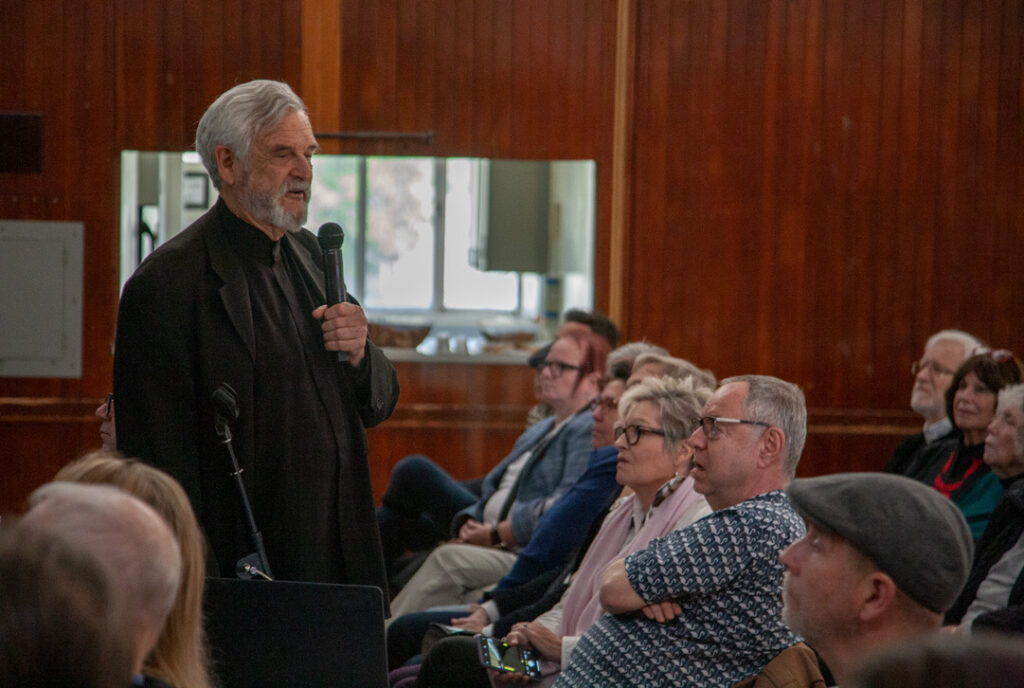
This fall, Raymond R. Neutra, President of the NISTD, spoke at the annual Academy for Neuroscience in Architecture (ANFA) conference in San Diego. Neutra DISCUSSED Richard J. Neutra’s ideas about biorealism and the upcoming reissue of his father’s book, Survival Through Design, as an essential text for today’s designers and architects.
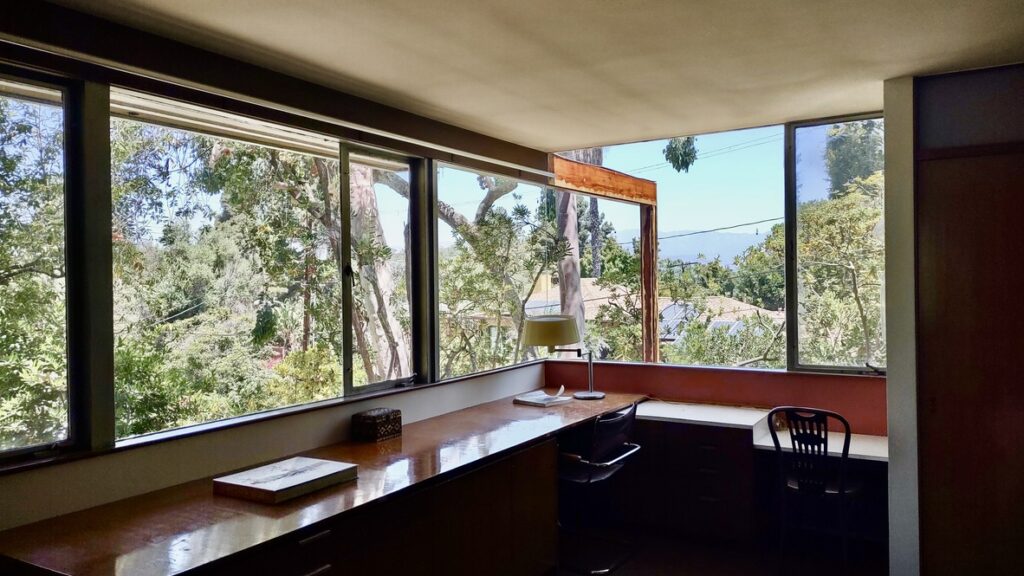
The Neutra Institute is collaborating with Kris Mun, architect and Director at SenseLAB. She using eye-tracking technology to show how viewers of a famous Neutra bedroom at Reunion House visually explore the space and its amazing architectural element, the Spider Leg. The results of this study will be presented at an international architecture/neuroscience conference in Fall 2023.
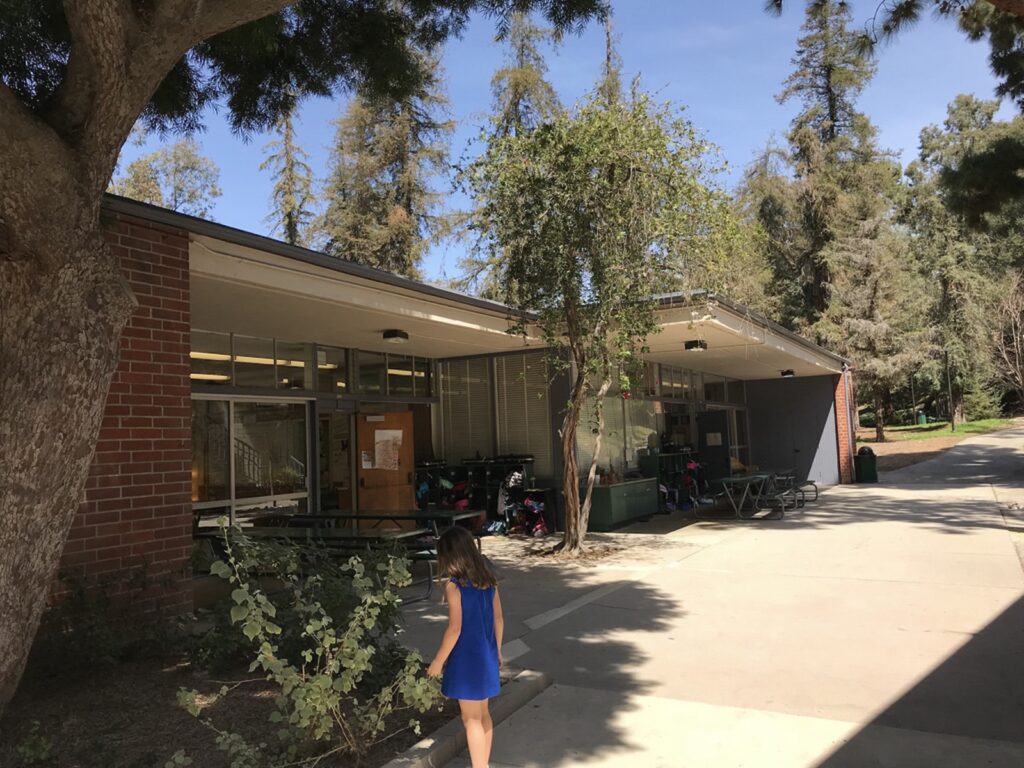
The Institute convened a partnership between UCLA’s Elementary School (Neutra and Alexander, 1957) and Perkins Eastman, an architectural firm that believes that design should have a positive impact on people and the planet, to conduct a post-occupancy evaluation of the school. Neutra’s design featured large expanses of glass enabling indoor-outdoor classroom activities. The evaluation will assess how the school has and will perform in changing times including during the COVF-19 pandemic and in the face of global climate change.
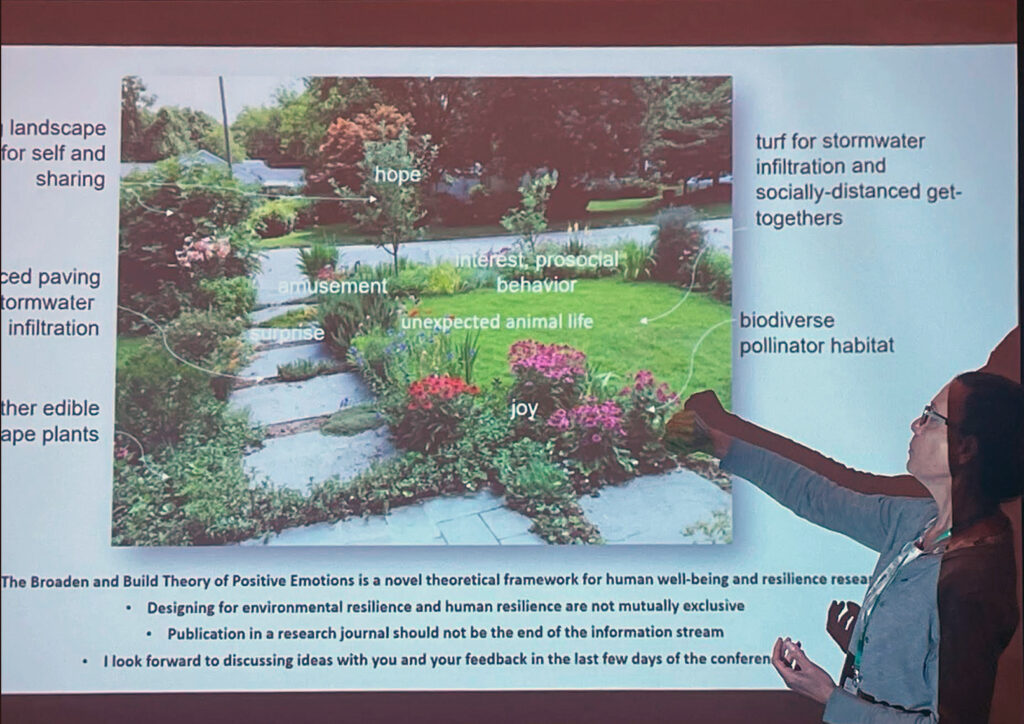
In June of 2022, the Institute was featured at the Environmental Design Research Association (EDRA) annual conference in Greenville, South Carolina at an event entitled “How Richard J. Neutra’s Survival Through Design Foresaw Health In All Design.” Panel presenters included James A. Wise, Environmental/Design Psychologist; Neutra scholar Barbara Lamprecht, Ph.D.; and Lisa Heschong, architect and author.
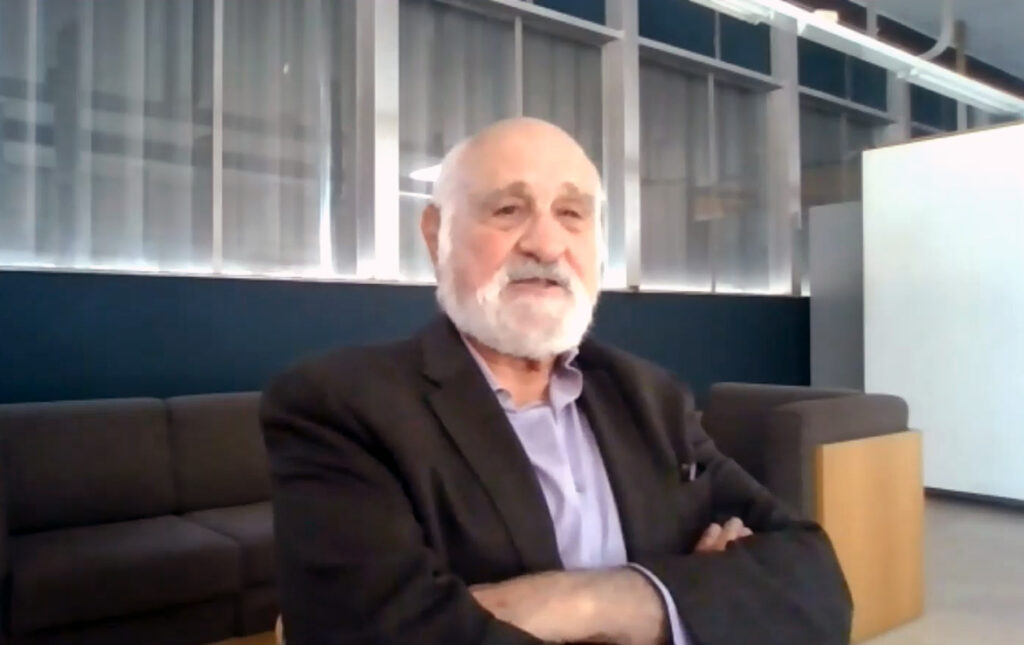
In fall of 2022, author and neuroscientist Michael Arbib, PhD lectured at the Office on the topic, When Brains Meet Buildings, featuring Richard Neutra’s ideas about architecture and neuroscience and advances in the profession today. The event was also broadcast to an international audience via Zoom.